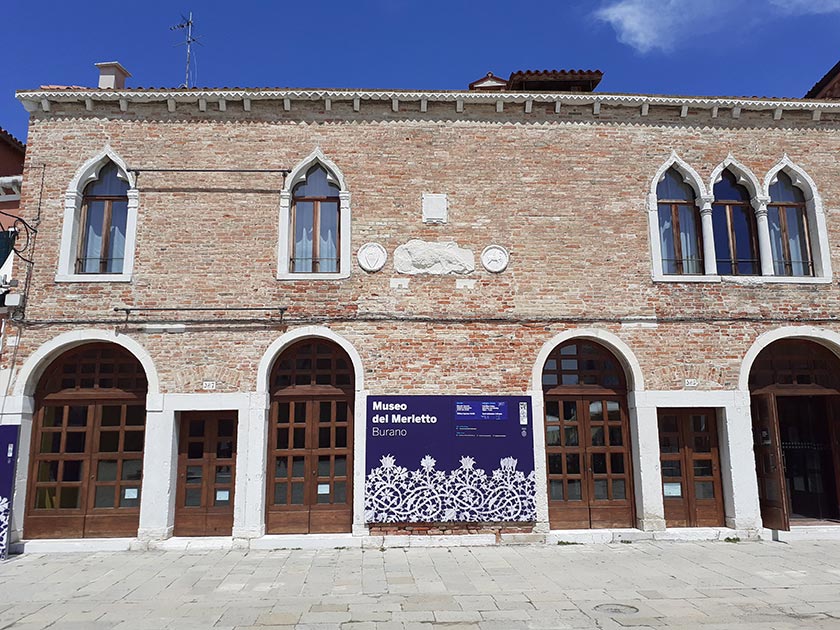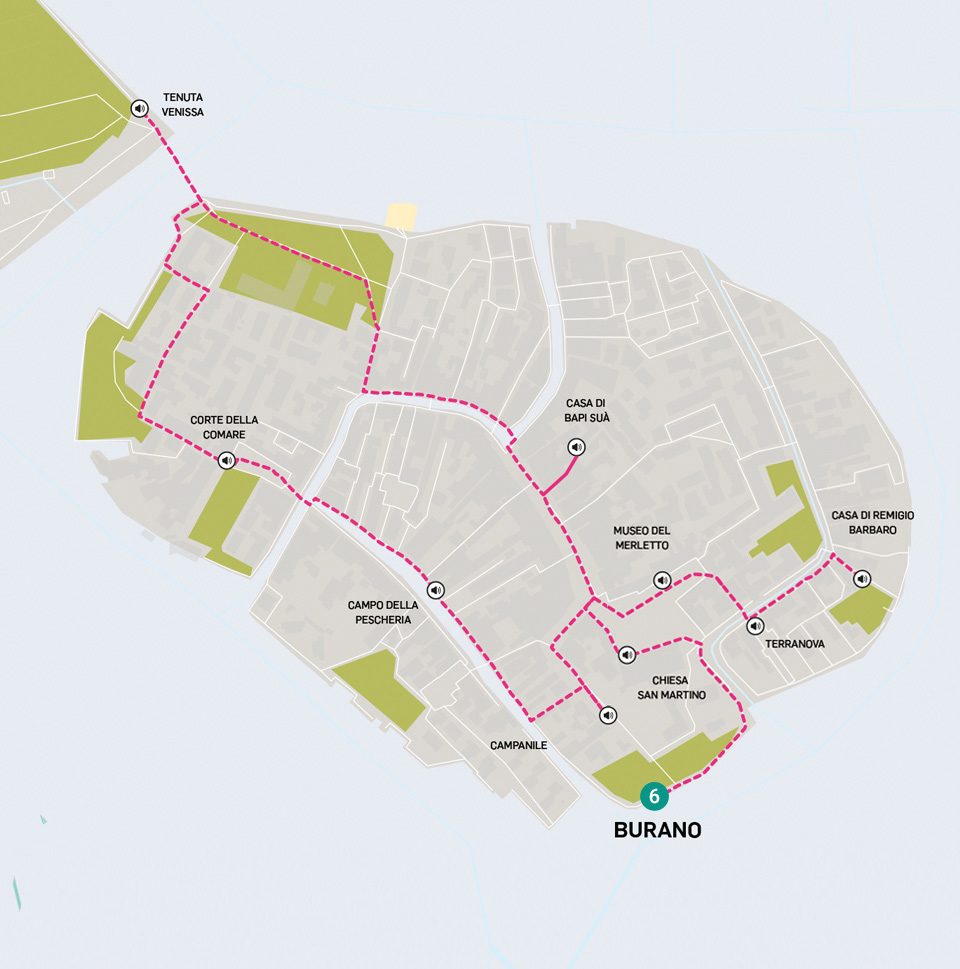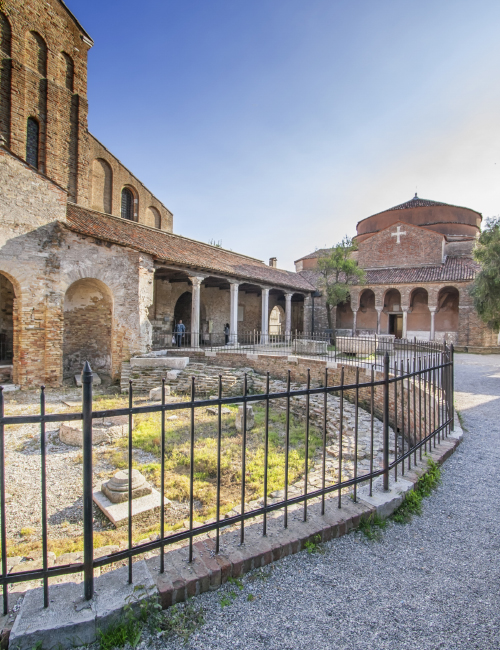Burano island, between coloured fishermen houses and tradition
All our experiences are included in the ticket!
Burano is the island of a thousand colors, the pearl of the lagoon: an ancient fishing village inhabited since the fifth century, it is characterized by colorful houses that create a fairytale landscape.
The island is also famous for lace making, an artisan activity that dates back to 1500 and which is still famous throughout the world for the quality of the embroidery.
This Burano tour will allow you to visit historical places such as the House of Remigio Barbaro, a famous sculptor of the island, or the Church of San Martino Vescovo and magical places such as the House of Bepi Suà: a very colorful house and a true manifesto of the island of Burano and the residents' taste for color.
Finally, don't forget to taste the famous Bussolà: these biscuits were traditionally prepared by the fishermen's wives for long fishing trips. Don't eat too many though: they are extremely caloric!
This itinerary has been created by Silvia Zanella for Venetiana.
Burano is the island of a thousand colors, the pearl of the lagoon: an ancient fishing village inhabited since the fifth century, it is characterized by colorful houses that create a fairytale landscape.
The island is also famous for lace making, an artisan activity that dates back to 1500 and which is still famous throughout the world for the quality of the embroidery.
This Burano tour will allow you to visit historical places such as the House of Remigio Barbaro, a famous sculptor of the island, or the Church of San Martino Vescovo and magical places such as the House of Bepi Suà: a very colorful house and a true manifesto of the island of Burano and the residents' taste for color.
Finally, don't forget to taste the famous Bussolà: these biscuits were traditionally prepared by the fishermen's wives for long fishing trips. Don't eat too many though: they are extremely caloric!
This itinerary has been created by Silvia Zanella for Venetiana.
Suggested itinerary:
Galuppi Square
Historic center of the island of Burano, Piazza Galuppi (Galuppi Square) is home to important monuments: the Church of San Martino with its crooked bell tower, the ancient lace school now a museum, and the small oratory of Santa Barbara. This small oratory is famous for being twinned with a New York church and houses the remains of the patron saint of firefighters. At the center of the square stands the flagstone, obtained from the mast of a Venetian ship. Here you can also admire a well in Istrian stone with a lion on the side, which was used to collect and filter rainwater before the inauguration of the drinking water aqueduct in 1931. More to the right you can see the monument to Baldassarre Galuppi, composer and organist born in Burano in 1706.
Church of San Martino Vescovo
Founded in 959 AD. from a female Benedictine monastic community and rebuilt several times, the Church of San Martino Vescovo is the most important in Burano and also the only one left today. Located in Piazza Galuppi, it houses valuable artistic works, including the Crucifixion by Giambattista Tiepolo, datable to around 1725, commissioned by the pharmacist of the time. It is said that the painter painted himself to the right of the cross, to leave a mark on history. The church also preserves the relics of three saints, Sant'Albano, San Domenico and Sant'Orso, as well as the Nativity of Andrea Fortebasso and a statue of the Madonna which is said to be miraculous.
The Crooked Bell Tower
Burano's bell tower is famous for being crooked. Today, in fact, it has an inclination of 1.85 meters from the center of gravity axis. When it was built in 959 it was not crooked, but it became so after some restorations, as the clayey soil did not bear its new weight and gave way. On the top stood a gilded wooden angel, overturned in 1872 by a strong wind. The current cross was placed in 1929.
Campo della Pescheria
Campo della Pescheria hosted the fish market until 1995. Opened in the late 1800s, it was the daily venue for thousands of residents. The white tables in Istrian stone and iron bear witness to the glorious past of this fish market, when baskets full of fresh fish poured onto these stalls. Today the stalls are used three days a week for the fruit and vegetable market, while the fish market has moved to a modern shop nearby.
Corte della Comare
Corte della Comare is one of the largest and most colorful squares in Burano. The inhabitants of the island call this place "Spagnera", which in the local dialect means "alfalfa", perhaps referring to the large grassy area still visible on the left. Curious in this place is the coloring of some houses, with bright shades that overlap each other, marking the boundaries of each family with precision.
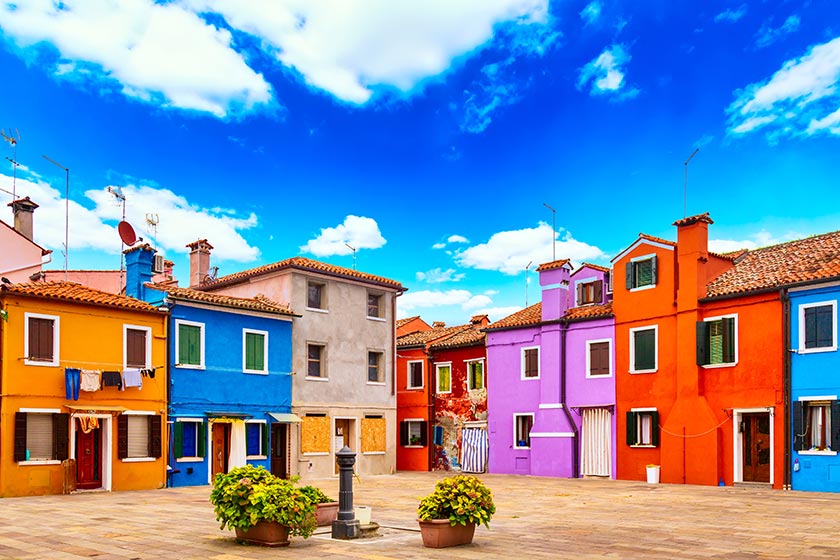
Mazzorbo
The long wooden bridge that since 1650 connects Burano to Mazzorbo is affectionately called by the residents "el ponte longo" ("the long bridge") and allows you to reach the island of Mazzorbo, where agriculture is still practised today, on foot and not only by boat. In the past Mayurbium was a large city, but today only a few people live there. Abandoned together with Torcello in 1600, Mazzorbo has been reborn in recent years thanks to the initiative of some winemakers who have rediscovered an ancient vine plant, the Dorona, from which a golden wine is obtained. In the vineyard there is also an estate with a starred restaurant. Mazzorbo is finally famous for some palaces, ancient holiday residences of the Venetian nobles, as well as for the marvelous Church of Santa Caterina d'Alessandria.
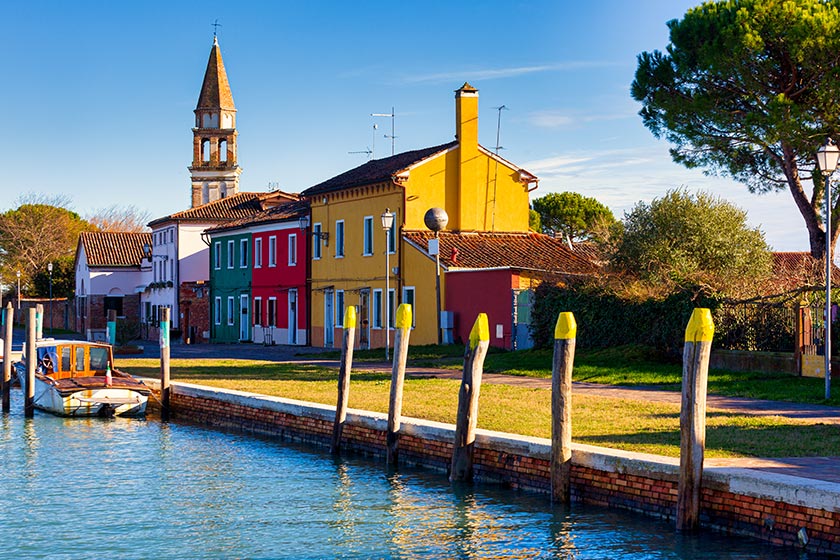
Remigio Barbaro's House
This house was inhabited until 2004 by the most illustrious island inhabitant of all time: Remigio Barbaro da Burano, called "The Professor". An esteemed sculptor, he was a solitary son of fishermen with a passion for art. He never wanted to leave Burano, however he exhibited several times at the Venice Biennale. Franciscan by choice, he lived all his life in simplicity in the company of his wife. Upon his death, the house was donated to the Fine Arts and will soon be a museum. Here it is already possible to admire the garden adorned with works of art and the inscription "Laudato Sie O Mi Signore" which runs along the entire perimeter. Remigio's works are present in various places on the island of Burano, Venice and the surrounding islands.
Bepi Suà's House
Hidden in the maze of alleys and tiny squares, not far from the main street, is Casa di Bepi (Bepi's House) a very colorful house, an authentic manifesto of the island of Burano. The facade is completely covered with geometric figures in bright colors. But the real curiosity of this place is that when Giuseppe Toselli, the owner, lived here, he used to repaint it every day by changing a few colors.
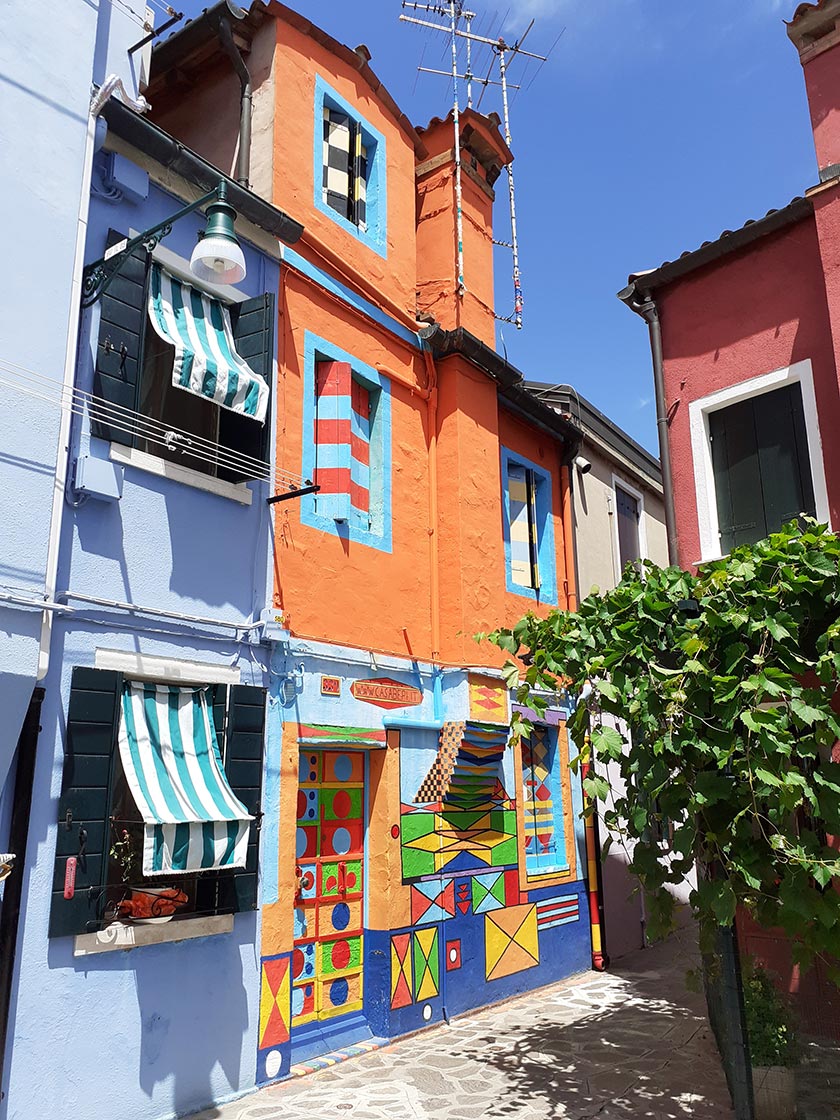
Lace Museum
This palace dates back to the origins of Burano and was formerly the seat of the local government. Since 1872 and for 100 years, this building with gothic windows was the main seat of the Lace School. Here the young students could approach the career of lace makers. Promoted and sponsored by Queen Margherita of Savoy, a great admirer of Burano lace, the school guaranteed a salaried job for the women of the island for the first time. In 1972 the school was closed and turned into a Lace Museum.
